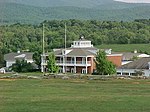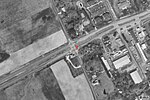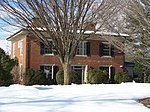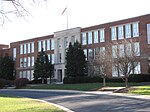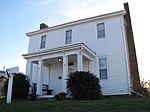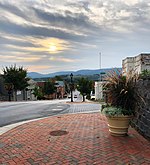Eagle's Nest Airport (Virginia)
Airports in VirginiaBuildings and structures in Augusta County, VirginiaSouthern United States airport stubsTransportation in Augusta County, VirginiaVirginia building and structure stubs ... and 1 more
Virginia transportation stubs
Waynesboro Eagle's Nest Airport (FAA LID: W13) is a public-use airport located three miles (5 km) west of the central business district of Waynesboro, in Augusta County, Virginia, United States. It is privately owned by Michael L. Fogle.
Excerpt from the Wikipedia article Eagle's Nest Airport (Virginia) (License: CC BY-SA 3.0, Authors).Eagle's Nest Airport (Virginia)
P 38 Drive,
Geographical coordinates (GPS) Address External links Nearby Places Show on map
Geographical coordinates (GPS)
| Latitude | Longitude |
|---|---|
| N 38.076944444444 ° | E -78.944166666667 ° |
Address
Eagles Nest Airport
P 38 Drive
22980
Virginia, United States
Open on Google Maps
